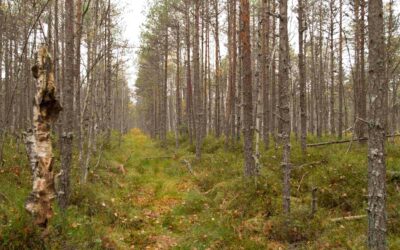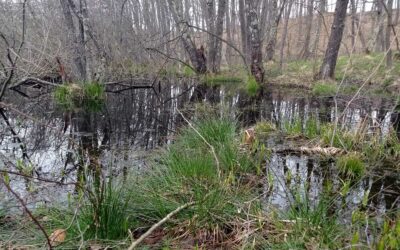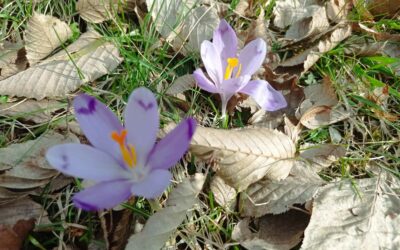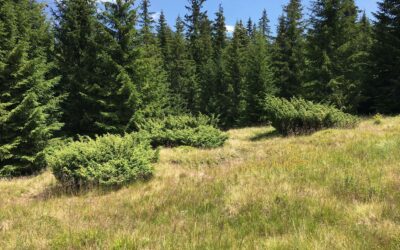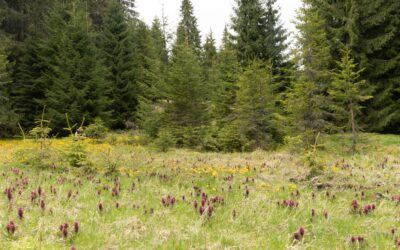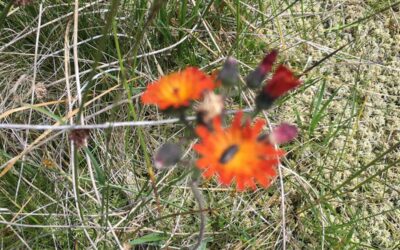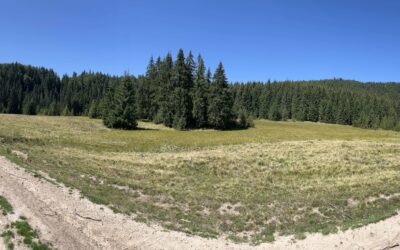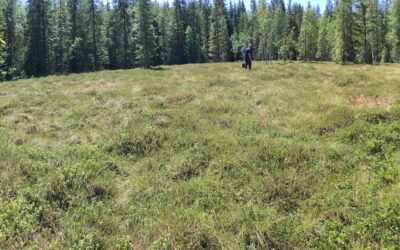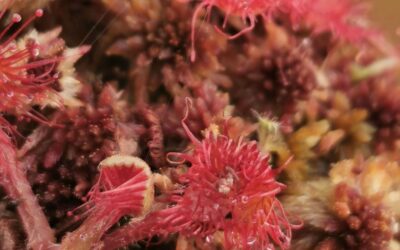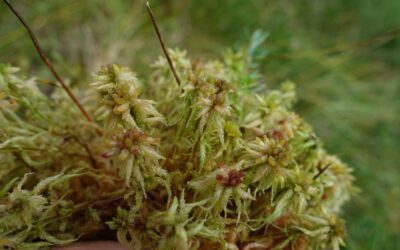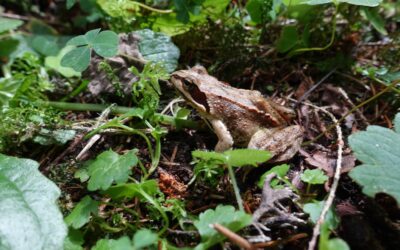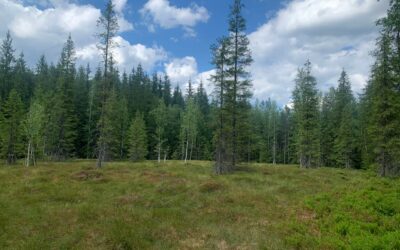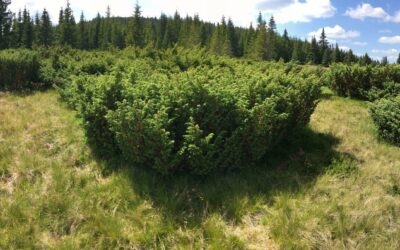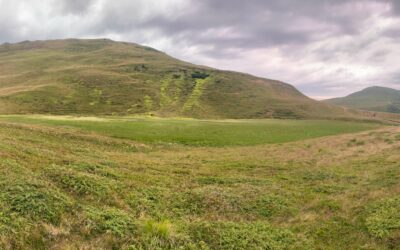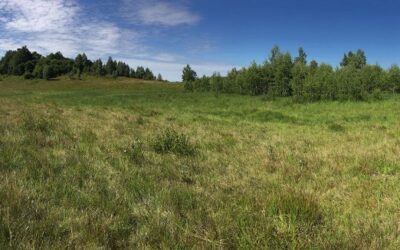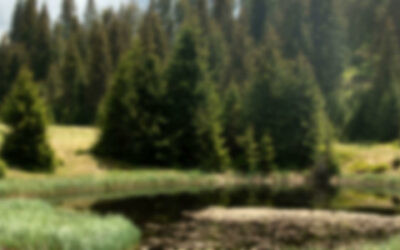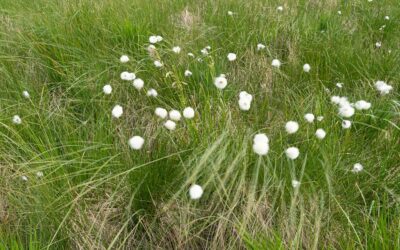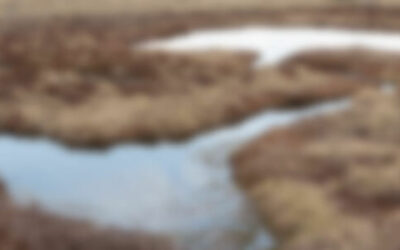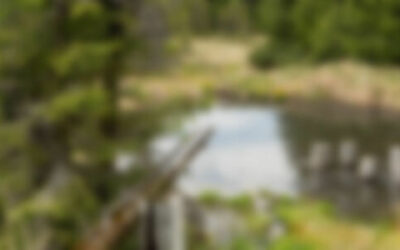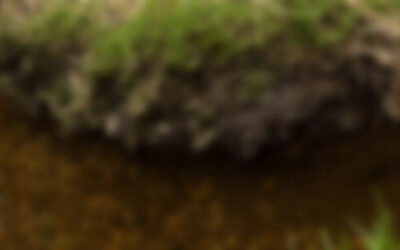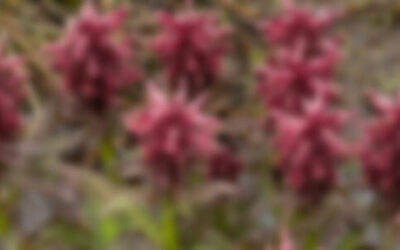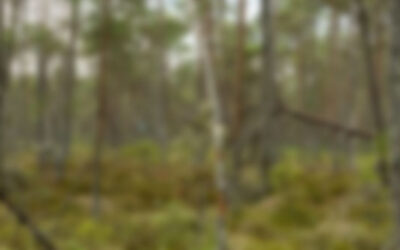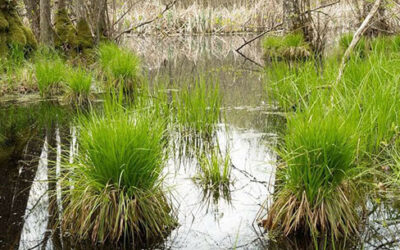Activity A1. Assessment of peatland ecosystems and wetland ecosystem services
General information
Activity A1. The assessment of peatland ecosystems and wetland ecosystem services, carried out in the first 6 months of the project, includes 2 sub-activities:
- Sub-activity A1.1. Assessment of peatland ecosystems in the North-West Region, a sub-activity that involves updating the state-of-the-art on the peatland’s conservation with the identification of pressures in the 10 wetlands of the North-West Region. The update will be made based on the consultation of the latest scientific studies and, especially, based on field trips.
- Sub-activity A1.2. Elaboration of support studies for obtaining regulatory acts in the field of environment, which is one necessary step for the implementation of restoration works.
Permits and authorisations for restoration works
After more than a year of administrative work, 7 environmental permits and 5 building permits were obtained.
Meeting with the owners of the Mlaștina de la Iaz
The road to the restoration of the Iaz peatland is full of many challenges.
Obtaining legal status for Bălileasa Peatland
A field visit to the Budureasa Town Hall was carried out in mid-March to settle the legal stats of the Bălileasa peatland.
Approval request for nature restoration works associated with La Poduri Peatland
The NWPEAT team was invited to attend the public meeting organized by Ocoliș Local Council.
Testimonials from Onceasa peatland
During the field trip organized in May 2022, together with the Norwegian partners, Dagmar Hagen and Duncan Halley captured some of the characteristics of the Onceasa peatland.
Assessment studies on peatlands
The results of the field documentation were transposed into 3 studies: biodiversity study, hydrology-hydrogeology study, and sustainable tourism development study.
Habitat mapping – Bălileasa
The habitats found in the Bălileasa peatland are 7140. Transition mires and quaking bogs, and 91D0*. Bog woodlands.
Inventory and monitoring of Ic Ponor biodiversity
The end of the summer materialized with a new field survey in Ic Ponor peatland.
Habitat mapping – Lacul Manta
Lacul Manta shelters two habitats: 7110* Active raised bogs and 91E0* Alluvial forests of Alnus glutinosa, Salix fragilis, and Salix alba.
Habitat mapping – Iezerul Mare
The habitat 7110*. Active raised bog occupies the surface of the entire peatland. Although the Mountain hay meadows habitat (6520), near the peatland, is heavily degraded by overgrazing, the peatland is in an excellent state of conservation, with rare species such as Empetrum nigrum and Drosera rotundifolia.
Habitat mapping – Tesna Împuțită
The habitat 91D0*. Bog woodland occupies almost the entire area, being represented by a taiga with Pinus sylvestris.
Habitat mapping – Tinovul Câmpeilor
The predominant habitat found in this peatland is 91D0*. Bog woodland.
Habitat mapping – Ic Ponor
The August habitat map associated with Tinovul Ic Ponor is quite heterogeneous.
Habitat mapping – Mlaștina de la Iaz
Alluvial forests of Alnus glutinosa (91E0*) occupy this wetland, respectively the Thelypterido palustris – Alnestum glutinosae association.
Water assessments and UAS flights – Tinovul Ic Ponor
The succession of field trips continued in July with Tinovul Ic Ponor. As in the case of La Poduri peatland, information on primary water data on water quality and hydrographic network configuration has been updated.
Water assessments and UAS flights – Tinovul La Poduri
To complete the existing database on primary water quality data and the configuration of the river network, a new field trip to the site was organised.
Peatland mapping – Lacul Sec
Two of the NWPEAT project members carried out a peatland mapping on 16.07.2022.
Hydrological measurements – Tinovul Hărniceștilor
Another NWPEAT field trip was made in Tinovul Hărniceștilor. In the extremely dry period (also confirmed by the locals) in July, about 40% of the peatland’s surface (visually about 65%) was covered.
Field documentation – Tinovul Bălileasa
The field documentation from Bălileasa peatland highlighted the good status of this ecosystem. The immediate pressure generated by nearby logging and the presence of overgrazing are some of the aspects noted on the ground.
Field documentation – Lacul Sec
With difficult accessibility, the peatland from Lacul Sec benefits from an exceptional cultural landscape, located at the foot of Mălaia Peak, near Lacul Vulturilor.
Field documentation – Lacul Manta
Much more accessible than the peatland from Lacul Sec, Lacul Manta is located in an area covered by forest vegetation, with a richer water budget than that which defines the peatland from Lacul Sec.
Field documentation – Tinovul Hărniceștilor
Tinovul Hărniceștilor offered another perspective for the NWPEAT project team, much more accessible as a location, and at the same time, in a more accelerated state of degradation.
Field documentation – La Poduri
Together with the Norwegian partners, a field survey was carried out in the wetland called La Poduri to establish the status of the area.
Field documentation – Tinovul Ic Ponor
Located in a karst area, the Ic Ponor peatland is individualized by a well-preserved ecosystem, an aspect also observed during the field trip in May 2022.
Field documentation – Tinovul Onceasa
Another peatland observed by the project team in May 2022 was the Onceasa peatland, with a situation similar to the one encountered in the Ic Ponor peatland.
Meeting Plopiș representatives
Together with the Norwegian partners from NINA, the NWPEAT project team had a working meeting with several stakeholders relevant to the implementation of the peatland restoration works.
Field documentation – Lunca Ilvei
Challenging in terms of accessibility, the two peatlands located in Lunca Ilvei, on the administrative border with Suceava County, have specific characteristics to mesotrophic peatlands.
Field documentation – Mlaștina de la Iaz
The UBB project team had a field documentation at Mlaștina de la Iaz.
